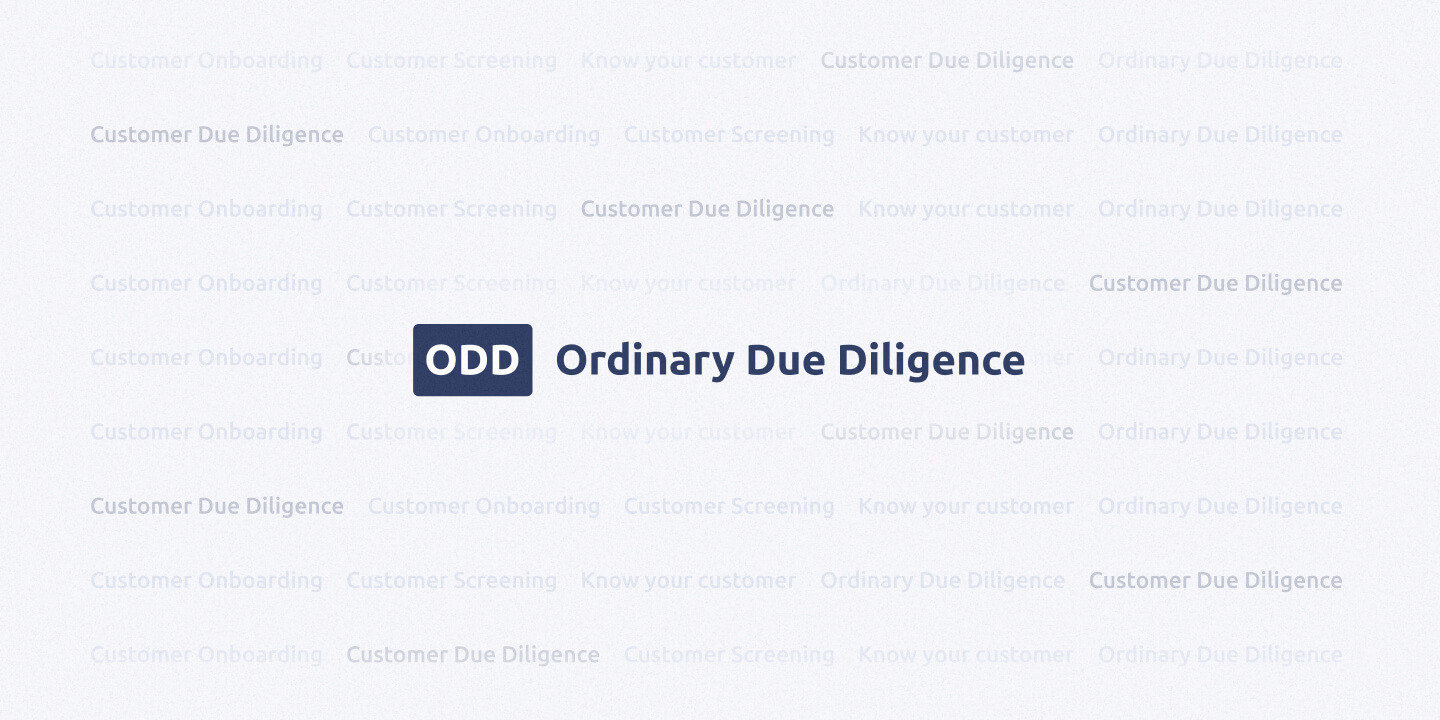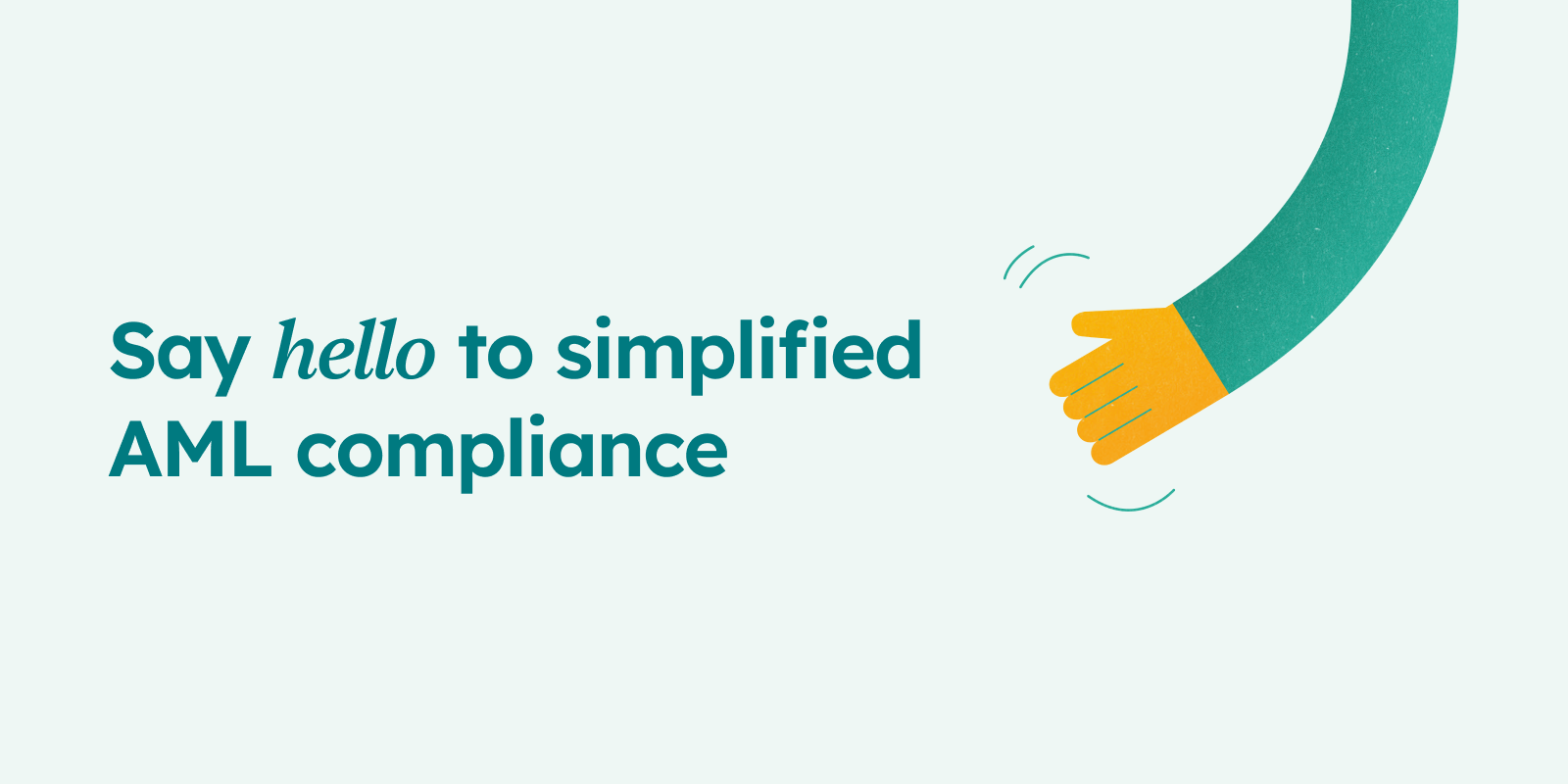1 min read
Creditro takes over KYC from Penneo
As part of Visma’s ambition to build world-class digital solutions, a strategic decision has been made to sharpen the focus of its portfolio...

The ODD "Ordinary Due Diligence" is part of a series of concepts covering the checks that companies subject to the Money Laundering Act carry out in connection with taking a new customer into their business - but what does it mean? And how do you practise ODD?
The term ODD "Ordinary Due Dilligence" is most often used among banks and other companies within the financial sector.
However, many different concepts describe the same thing – namely, the customer knowledge from companies to their customers.
The following five terms cited here are very similar to each other:
When talking about customer knowledge, there are up to several terms that can mean the same thing or are very similar. Here is a brief review of a few terms that are similar to each other:
ODD contains the same points as, e.g., KYC contains. The concept thereby includes that you can document that you know your customer; This includes, among other things, control of the identity, financial and business activities, and identifying the risk that the individual customers pose.
When you establish an effective ODD, it helps you as a company to comply with the Money Laundering Act but also to be able to secure an effective business model in your organisation.
According to the latest directive, AML 5, which entered into force in January 2020, companies must make greater demands on assessing customer relationships. You must assess each customer's risk of being misused for money laundering or terrorist financing.
Thereby, one of the most fundamental aspects of the Money Laundering Act is:
The risk-based approach entails a greater focus on control, e.g., identification and ongoing customer awareness procedures.
The companies subject to the Money Laundering Act must prepare a risk assessment. In this risk assessment, you must identify the risks you assess to be associated with your customers.
To prepare a risk assessment, the company must:
You must check the customer's identity for all new customer relationships established. Further checks must also be carried out if, for example, there is a change in the customer's circumstances.
This procedure can be repeated once a year for high-risk customers, whereas for low-risk customers, the procedure repeats every five years.
Through a customer familiarisation procedure which is carried out based on the risk assessment - also known as ODD, companies can assess the risk they take when negotiating with customers. Thereby, a customer familiarisation procedure includes obtaining identity information about the customer.
Most often, the identity information will include:
After that, this information must be validated by a reliable source, which means that documents must be verified against other sources validating the customer's identity, e.g., an address or a passport.
Thereby, the customer knowledge procedure will be able to describe what the company must do to be able to say that they know their customers, known as ODD.

1 min read
As part of Visma’s ambition to build world-class digital solutions, a strategic decision has been made to sharpen the focus of its portfolio...

3 min read
When you are subject to AML regulations, there are several tasks you need to complete annually. An annual compliance plan can help you stay on top of...

3 min read
AML compliance can be a hassle, but we don’t think it has to be that way. That’s why we’re proud to finally introduce our new brand, which reflects...